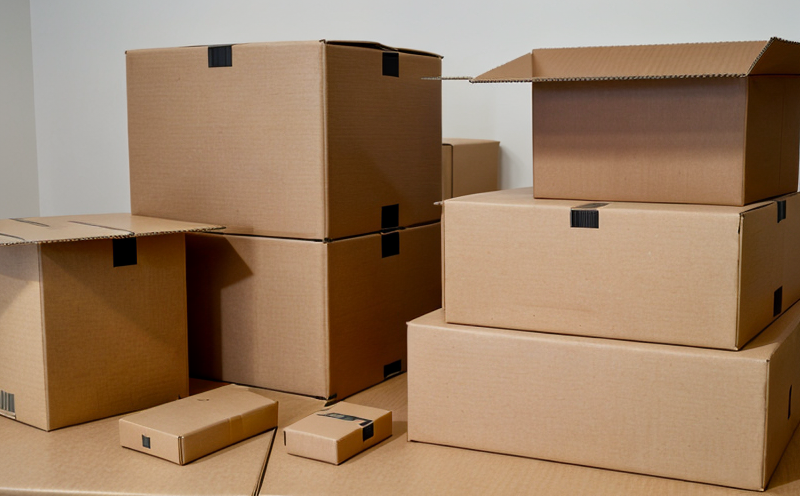ISO 11607-2 Heat Seal and Closure Strength
The ISO 11607-2 standard specifies the method for determining the heat seal strength of packaging materials, particularly those used in medical devices. This test is crucial for ensuring that seals remain intact during storage and handling, thereby protecting the integrity of the packaged product.
Heat seal testing evaluates how well two layers of film are bonded together through thermal energy. The primary objective is to determine the force required to separate these layers at the heat-sealed area. This measurement provides valuable insights into the reliability and performance of the packaging under real-world conditions such as temperature fluctuations, physical handling, and transportation.
Compliance with ISO 11607-2 ensures that manufacturers meet international standards for quality assurance in packaging design. It is particularly important for industries where product contamination could lead to serious health risks, such as pharmaceuticals or medical devices.
The test procedure involves applying a specific load to the heat-sealed sample and measuring the force required to separate it. The specimen preparation typically includes cutting out samples from the packaging material in accordance with the standard's specifications.
Understanding the results of this test is essential for quality managers, compliance officers, R&D engineers, and procurement teams as they work towards ensuring product integrity and safety. By adhering to ISO 11607-2 standards, organizations can enhance their reputation in terms of reliability and adherence to global best practices.
| Parameter | Description |
|---|---|
| Sample Size | Samples are cut to a specific size as per the standard. |
| Load Application | The load is applied at a constant rate until separation occurs. |
| Seal Type | Can be longitudinal or transverse, depending on the packaging design. |
| Testing Environment | Temperature and humidity must be controlled to simulate real-world conditions. |
The results of this test are critical for ensuring that the packaging meets regulatory requirements and customer expectations. It is particularly important in sectors where product contamination could lead to severe health risks, such as medical devices or pharmaceuticals.
For R&D engineers working on new materials or designs, understanding the heat seal strength can provide valuable insights into potential improvements and areas for optimization. Compliance officers can use these results to ensure that their products meet international standards, thereby reducing the risk of product recalls and legal issues.
Scope and Methodology
- Determining the heat seal strength of packaging materials used in medical devices.
- Evaluating how well two layers of film are bonded together through thermal energy.
- Measuring the force required to separate these layers at the heat-sealed area.
| Parameter | Description |
|---|---|
| Sample Size | Samples are cut to a specific size as per the standard. |
| Load Application | The load is applied at a constant rate until separation occurs. |
| Seal Type | Can be longitudinal or transverse, depending on the packaging design. |
| Testing Environment | Temperature and humidity must be controlled to simulate real-world conditions. |
Quality and Reliability Assurance
The ISO 11607-2 test is a key component of quality assurance programs in the medical device industry. By ensuring that all packaging materials meet the specified heat seal strength requirements, manufacturers can reduce the risk of product contamination and ensure that their products remain safe for use.
Quality managers rely on this testing to monitor production processes and identify any deviations from standard specifications. This helps them maintain consistent quality across batches and minimize the likelihood of defects reaching the market.
R&D engineers can also benefit from heat seal strength testing by using it as a tool for material selection and design optimization. By understanding how different materials perform under thermal sealing conditions, they can make informed decisions about which materials to use in future product designs.
Compliance officers play a crucial role in ensuring that all packaging meets the required standards. This includes verifying that test results are accurate and reliable before releasing products to market. By adhering to ISO 11607-2, compliance teams can demonstrate their commitment to quality and safety, which is essential for maintaining customer trust.
For procurement teams, understanding heat seal strength testing allows them to source materials that meet the necessary requirements. This helps ensure that all purchased components are suitable for use in medical device packaging.
International Acceptance and Recognition
- The ISO 11607-2 standard is widely accepted by regulatory bodies around the world.
- It ensures that packaging materials used in medical devices meet global standards for quality and safety.
- Countries such as the United States, Europe, and Asia all recognize this standard.





